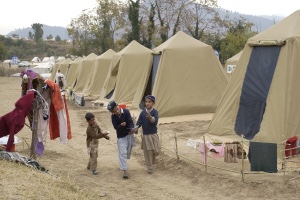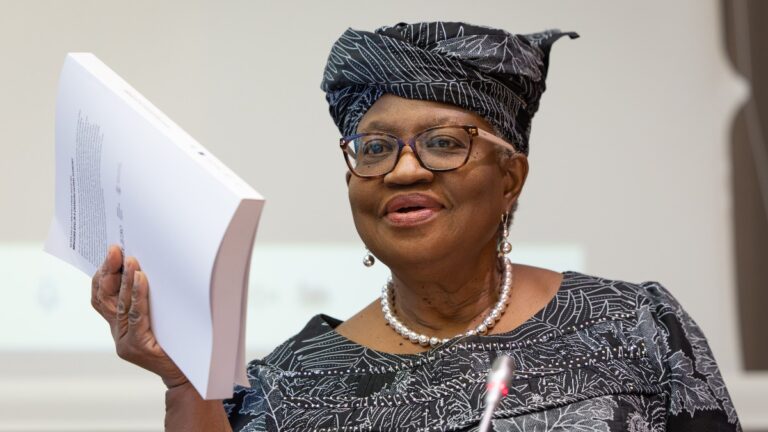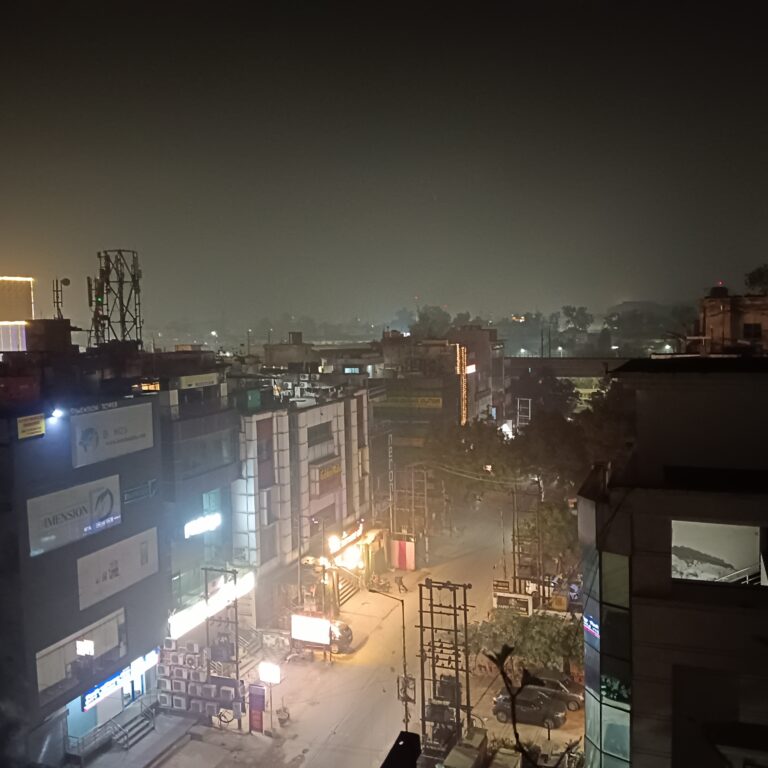
Afghan Crisis – Part III
 By Venkatesh Raghavan
By Venkatesh Raghavan
We move on from the crisis on ground to the empathy and support of the Afghan refugees in a four decade old saga resulting in third generation children being born in exile from both neighbouring countries and the international body, namely United Nations Human Rights Council (UNHRC). The aid provided to the fleeing refugees has resulted in upward of six million Afghans getting displaced, nearly 50% of them to other countries and rest within their borders. There is also a stabilizing reverse migration that is facilitated by the UNHRC to enable a small portion of those who have fled the country to rehabilitate themselves in their homeland.

To understand the human crisis that is responsible for such mass exodus let’s look at how migration both illegal and legal, takes place across borders of various geographies. Closer home, people from Bangladesh cross our Indian border and pour into India in search of better living conditions and sustenance. If we look at the American continent, there are scores of Mexicans who crossover into the United States, hoping for better living conditions and comforts. It’s always from poorer countries or regions to places that offer better hope of lifelong sustenance. In this context, if we look at Afghanistan and how its decades old refugee problem is playing itself out, we get to see a massive humanitarian crisis that is getting almost insurmountable.
Also read: How Taliban demolished American military honour
First, we start with its immediate neighbours to its east and west. Pakistan and Iran are currently housing upward of 2.1 million Afghan refugees. In addition, these neighbours have also played a supporting role in helping the refugees to access better economic opportunities as well as place them in services. According to the UNHRC statement, “Our long-term focus is on assisting the refugees to voluntarily return to their homes and rehabilitate themselves in a sustainable manner.”
In the newly precipitated crisis since January 2021, more than half a million Afghans have turned into refugees. Being displaced from their homes, they have sought safer havens within the Afghan borders. The problem got acute in May this year and a huge section of the affected population constituted women and children. These weaker sections accounted for over 80% of the population that got displaced from their homes. It’s all for basic human needs, namely shelter, food, water and health care. Those displaced since early 2021 are ones suffering from acute poverty compounded with havoc wrecked by Covid-19 pandemic.
The world body has currently put in place a social support system, providing shelter, food, health care, water and sanitation support besides monetary support. The situation though proves to be a bit unwieldy as there is difficulty in being able to access vulnerable groups. In addition, over the decades, UNHRC has been proactive in easing the burden of Pakistan and Iran by facilitating the voluntary return of refugees to safe and sustainable homes, also ensuring a life of dignity. As these refugees are faced with a host of social infrastructure requirements like malnutrition screening, vaccinations, mine risk education, information on school enrolment, besides transit assistance, the UNHRC also provides the refugees with monetary grants.
The United States too has chipped in with protective asylum especially for those who were working as translators and interpreters for the US troops as they stand out to be vulnerable in wake of the Taliban takeover. The world community is currently engaged in assessing the magnitude of the crisis besides buffering the pressures from the likely influx of a huge number of refugees.





